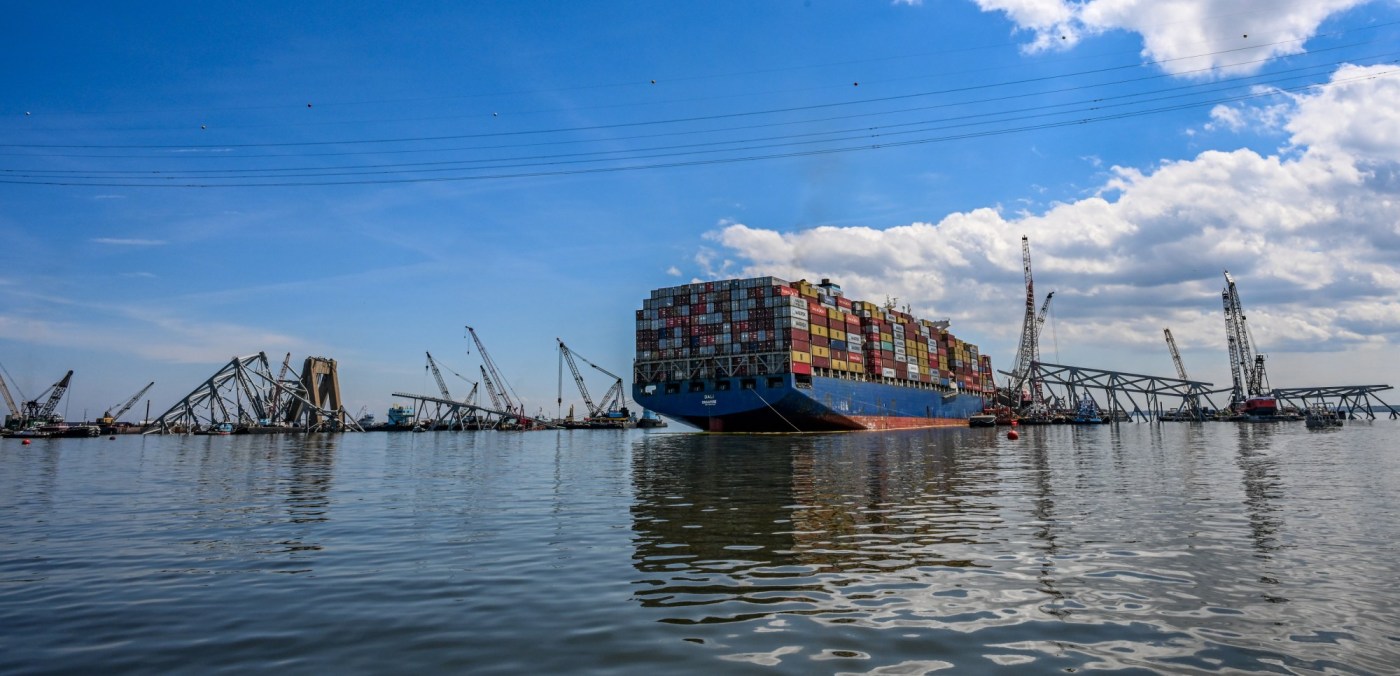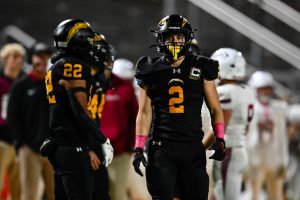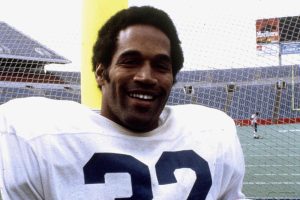The FBI on Monday raided the container ship that struck the Francis Scott Key Bridge nearly three weeks ago, suggesting the federal agency is investigating the deadly bridge collapse.
Agents boarded the Dali Monday morning and were “conducting court authorized law enforcement activity,” a spokesperson for the FBI’s Baltimore Field Office said Monday.
The Dali, a 984-foot ship which weighed about 112,000 tons loaded with cargo, apparently lost power and rammed one of the Key Bridge’s main support piers in the early morning of March 26, causing the 1.6-mile span to immediately collapse into the Patapsco River along with seven construction workers, killing six men.
Related Articles
Willow Glen fire temporarily displaces apartment complex residents
Dozens dead as ferry capsizes off Mozambique coast
President Biden tells Baltimore ‘your nation has your back’
Millions hungry as drought grips southern Africa
Rescuers in Taiwan search for family feared trapped in rockslide
FBI spokespeople declined to comment further and Maryland U.S. Attorney Erek Barron said his office does not confirm investigations.
“However, the public should know, whether it’s gun violence, civil rights abuse, financial fraud, or any other threat to public safety or property, we will seek accountability for anyone who may be responsible,” Barron said in a statement.
That the FBI said it was onboard conducting “court-authorized law enforcement activity” suggests agents were serving a federal search warrant, Rod Rosenstein, former U.S. Deputy Attorney General and U.S. Attorney for Maryland, told The Baltimore Sun.
Federal judges have to sign off on such warrants, requiring agents to present probable cause that there was crime, Rosenstein said.
“The fact that there is a search warrant suggests there is suspicion on the government’s part, or maybe some evidence, that a crime has occurred,” he said.
Rosenstein said the goal of a federal investigation like this would be to determine what caused the bridge-strike and whether there is any “criminal liability,” be it on the part of the crew, the companies that own and manage the ship or others, such as a fuel supplier.
The latter distinguishes an FBI-led probe from the investigation being conducted by the National Transportation Safety Board, which is also seeking to find out what went wrong but with the goal of preventing such a tragedy from occurring again — not to hold someone or some entity accountable. NTSB investigations identify the probable cause for an accident and can include non-binding safety recommendations for officials and companies.
NTSB investigators most recently have been focused on the Dali’s engine room, the board’s chair, Jennifer Homendy, told federal lawmakers last week. She said investigators brought in representatives from the South Korean shipyard, part of the Hyundai Group conglomerate, that built the massive ship to help them obtain more information about the vessel’s electrical power system and circuit breakers.
Video of the collapse showed the lights aboard the Dali go out and then flicker as it approached the Key Bridge, and Homendy said investigators believe whatever caused the lights to go on and off contributed to an apparent loss of vessel control. A local pilot, who was onboard to guide the ship out of the harbor safely, reported losing all power in a “mayday” call shortly before striking the bridge.
Attorneys for the companies that own and manage the Dali, both based in Singapore, did not respond immediately to requests Monday for comment.
The companies previously moved in federal court to absolve themselves of any liability related to the bridge collapse or to limit their liability to the value of the ship plus the revenue it stood to make from its cargo, which they estimated at $43.7 million.
Officials in Maryland and the administration of President Joe Biden have pledged to hold accountable anyone who played a role in the bridge collapse, if investigations support such action.
FBI personnel were present at the scene alongside the NTSB and Coast Guard in the days that followed the collapse. The FBI and U.S. Attorney’s Office both stated soon after the collapse that they had found no evidence the crash was tied to terrorism.
Thomas Roth-Roffy, a former longtime NTSB marine investigator, suspects that NTSB investigators recognized something during their probe and brought it to the attention of criminal authorities.
“Otherwise they wouldn’t be aware of what they’re pursuing,” he said.
An NTSB spokesperson would not say Monday whether the agency referred information to federal criminal authorities, but highlighted two cases where criminal investigators worked alongside NTSB investigators. Criminal charges came of the investigations in both of those cases, with people involved in one deadly accident prosecuted in state court and those involved in the other tried in federal court.
Roth-Roffy said it’s also possible that somebody in the investigation wasn’t cooperating and the NTSB, which has subpoena power but doesn’t get search warrants, needed the FBI to obtain a warrant to forcefully take some kind of evidence.
“They carry weapons,” he said. “The NTSB does not.”
Homendy previously said people involved in the bridge collapse were cooperating with her investigators. The NTSB’s preliminary report, which will be limited to factual findings surrounding the crash and ensuing collapse, is expected in the first week of May, and its final report could take up to two years.
Roth-Roffy said it’s rare, but not unheard of for the FBI to get involved in such an investigation. He led the NTSB’s investigation into a 900-foot container ship’s crash into the San Francisco Bay Bridge in 2007.
“They were working alongside querying information that we collected,” Roth-Roffy said. “We had a couple of meetings with them to give them information. It was a one-way street.”
In that case, the pilot of the ship pleaded guilty in federal court to negligently causing the discharge of 53,000 gallons of oil into the San Francisco Bay. He was sentenced to 10 months in federal prison.
Authorities have said there’s no evidence of any hazardous materials spilled in this accident, but that’s just one example of what the FBI could investigate, said Lawrence Brennan, a professor of maritime law at Fordham University’s School of Law.
“I’m speculating — I have no knowledge,” Brennan said. “It could be unlicensed people in positions that require licenses, medical conditions, drug use, mechanical conditions with the vessel that were not properly repaired, or falsified repairs.”
Federal prosecutors have used a pre-Civil War statute known as “seaman’s manslaughter” in several deadly maritime incidents around America. That law says that neglect or misconduct leading to death by the ship officer is punishable by up to 10 years in prison. It also applies to the companies that own and charter vessels when their “fraud, neglect, connivance, misconduct, or violation of law” leads to death.
The pilot of a ferry and his supervisor were each sentenced to more than a year in prison after pleading guilty to seaman’s manslaughter in connection to the 2003 crash of the Staten Island Ferry, which killed 11 people. In that case, the pilot had passed out behind the wheel of the ferry, while the supervisor failed to enforce a rule requiring two pilots on board.
In November, a federal jury convicted the captain of a dive boat that caught fire off the coast of California in 2019, killing 34 people, under the same charge.
This story may be updated.












